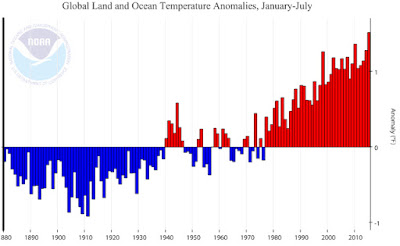1 September 2015, Urgenda, The Hague – The Dutch government today announced its intention to appeal against the verdict of the district court in The Hague in the Dutch Climate Case last June. “We have full confidence in the outcome of the appeal” Marjan Minnesma, director of Urgenda reacted. In its letter to parliament the government also announced it will start taking measures to reach the target that was ordered by to court, pending the appeal. In its verdict the District court of The Hague ordered the Dutch government to reduce its emissions by a minimum of 25% by 2020 compared to 1990. The Netherlands are currently on a path towards 17% in 2020. Marjan Minnesma :“The government knows 25% is not nearly enough if you consider the enormity of the dangers that climate change poses to us. Much more is needed, so we hope that politicians in the Netherlands will take their responsibility and make a true effort to speed up the transition towards a 100% sustainable economy. We have been waiting for political leadership on this topic for a very long time.” In its letter announcing the appeal the government mentions a number of legal questions as the reason for appealing the judgement. Read More here
Category Archives: PLEA Network
28 August 2015, The Conversation, The ‘green-tech’ future is a flawed vision of sustainability. What does your vision of a sustainable future look like? Some people imagine a scenario whereby technology solves the world’s most pressing environmental problems. In this world we all drive electric cars and have solar panels on our roofs that power our air conditioners and flat-screen televisions. We purchase “eco” products that provide all the convenience and comfort but without degrading the planet. We continue consuming and growing our economies, yet Mother Nature wins too. But I and my colleague Josh (who co-wrote this article) would argue that this vision of sustainability is flawed, and will in fact drive greater damage to the world, its ecosystems, and us. So how has this vision come to dominate? Why is ‘green-tech’ so popular? There seem to be three main reasons why the “green-tech” conception of sustainability is dominant. First, it is good for business. Sustainability is presented as something we can either purchase as consumers or sell as green entrepreneurs. There is no conflict here between consumer capitalism and sustainability, so the powers that be need not feel threatened. As the sustainable design website Inhabitat declares: “Design will save the world”. Read More here
26 August 2015, NASA The fingerprints of sea level rise. When you fill a sink, the water rises at the same rate to the same height in every corner. That’s not the way it works with our rising seas. According to the 23-year record of satellite data from NASA and its partners, the sea level is rising a few millimeters a year — a fraction of an inch. If you live on the U.S. East Coast, though, your sea level is rising two or three times faster than average. If you live in Scandinavia, it’s falling. Residents of China’s Yellow River delta are swamped by sea level rise of more than nine inches (25 centimeters) a year. These regional differences in sea level change will become even more apparent in the future, as ice sheets melt. For instance, when the Amundsen Sea sector of the West Antarctic Ice Sheet is totally gone, the average global sea level will rise four feet. But the East Coast of the United States will see an additional 14 to 15 inches above that average. Read More here
24 August 2015, Climate Code Red, As 2015 smashes temperature records, it’s hotter than you think. There is an El Nino in full swing which helps push average global temperatures higher, and records are being broken, but just how hot is it? For several years, we have heard that global warming has pushed temperatures higher by around 0.8 to 0.85 degrees Celsius (°C). But in 2015, that number is not even close. Even before this year’s strong El Nino developed, 2015 was a hot year. The first few months of the year broken records for the hottest corresponding period in previous years all the way back to the start of the instrumental record in 1880. Each month, new records fell.
With the July data in, the US Government’s National Oceanic and Atmospheric Administration reported that July was the hottest month among the 1627 months on record since 1880, and the first seven months of the year was the hottest January-July on record: The July average temperature across global land and ocean surfaces was 0.81°C above the 20th century average. As July is climatologically the warmest month for the year, this was also the all-time highest monthly temperature in the 1880-2015 record, at 16.61°C, surpassing the previous record set in 1998 by 0.08°C. The July globally-averaged sea surface temperature was 0.75°C above the 20th century average. This was the highest temperature for any month in the 1880-2015 record, surpassing the previous record set in July 2014 by 0.07°C. The global value was driven by record warmth across large expanses of the Pacific and Indian Oceans. The year-to-date temperature combined across global land and ocean surfaces was 0.85°C above the 20th century average. This was the highest for January-July in the 1880-2015 record, surpassing the previous record set in 2010 by 0.09°C. As 2015 smashes temperature records, it’s hotter than you think. Read More here

